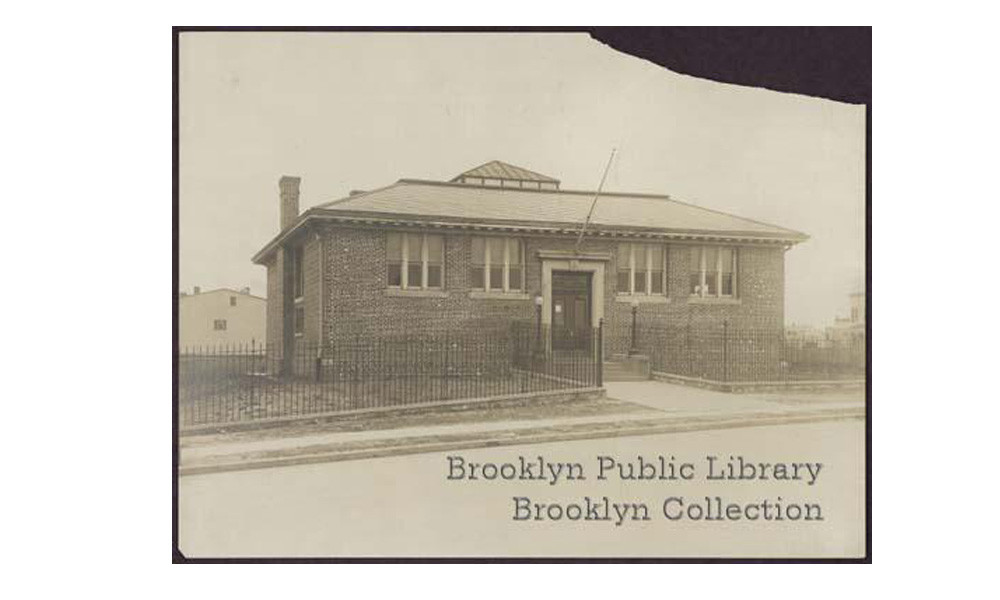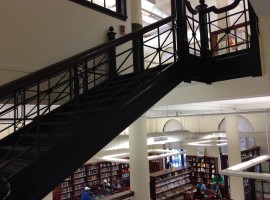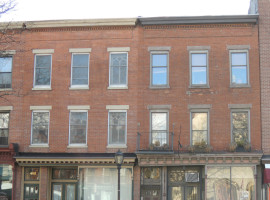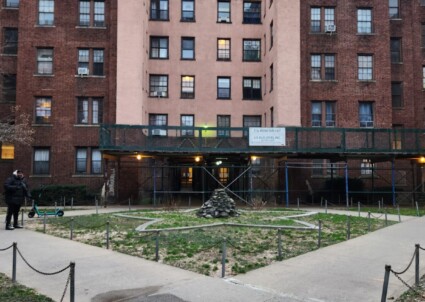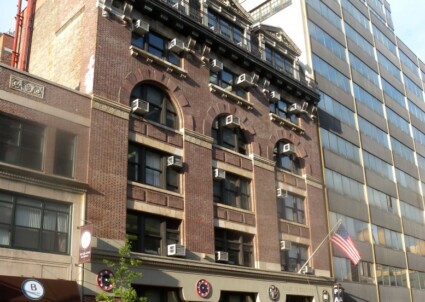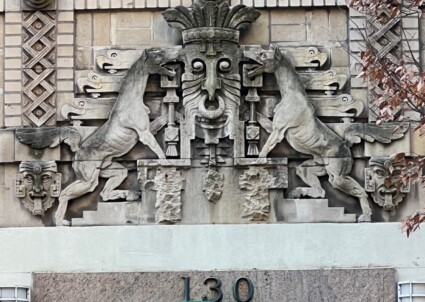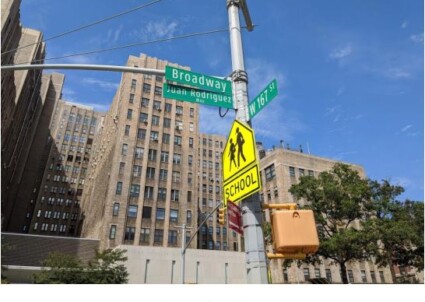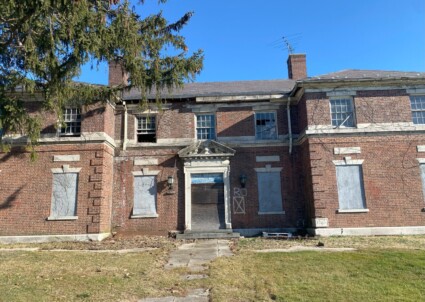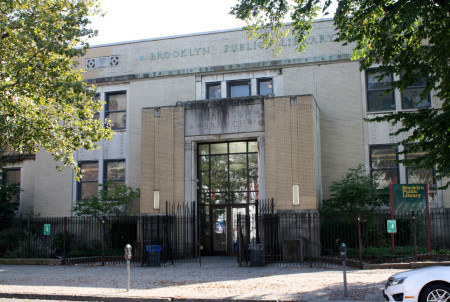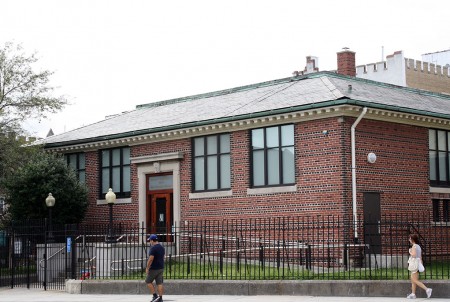Historic Public Libraries, New York City
New York City has three public library systems: the New York Public Library (in Manhattan, The Bronx and Staten Island), the Brooklyn Public Library and the Queens Borough Public Library. The reason for these independent systems was due to their origins prior to the 1898 consolidation of the five boroughs. The City of New York’s first free circulating library was established in 1878, even though multiple bills were passed by the New York Legislature for such a public service beginning in the 1830s. Over those decades, private libraries served as research facilities for scholars and students, but none were open to the general public. In 1880, the New York Free Circulating Library (NYFCL) was established, operating out of several rooms at 36 Bond Street and funded by private donors. The NYFCL was formally incorporated in 1884, and its first building opened at 135 Second Avenue (site 1). Between 1884 and 1901, 11 branches were built, consisting of 1.6 million volumes. In 1901, steel baron Andrew Carnegie retired and devoted his energy and wealth to the development of libraries throughout the English-speaking world, including New York City. This would forever change the institution.
The New York Public Library (NYPL) was formed in 1895 with the consolidation of three private corporations: the Astor Library (founded by John Jacob Astor in 1849), the Lenox Library (founded by James Lenox in 1870) and The Tilden Trust (a fund established in 1886 by Samuel J. Tilden). The NYFCL also joined this consolidation in 1901 in order to benefit from Carnegie’s gift of $5.2 million for 67 library branches to be built between 1901 and 1929 (56 are still standing). Carnegie’s only stipulation was that the city acquire the sites and establish building maintenance plans. To design the buildings, the NYPL organized a committee of architects: Charles F. McKim, Walter Cook and John M. Carrère. In order to stylistically link the branches and save money, the committee decided on a uniform scale, interior layout, character and materials palette for the buildings. Construction for the main branch, a grand building in the heart of Manhattan, began in 1901. The NYPL became and remains one of the leading research institutions in the world.
Queens’ first public library was established in Flushing in 1858, and became a free circulating library in 1869. In 1901, the borough’s independent libraries merged to become the Queens Borough Library, and were eventually housed in Carnegie-funded buildings. The system acquired its current name, the Queens Borough Public Library (QBPL), in 1907. Brooklyn’s first free public library was that of the Pratt Institute, which opened in 1888. In 1892, the Brooklyn Public Library (BPL) was created through state legislation, and in 1901, Carnegie signed a contract for the construction of libraries in Brooklyn. Both the QBPL and the BPL were established as independent corporations with trustees appointed by the mayor and civil service staff. In the broad sense, New York City’s library systems are one of its finest resources. In the local sense, its branches function as community anchors, both for the services they provide and for their architectural contributions to each neighborhood’s sense of place. While this brochure focuses on the origins of the city’s public library systems and offers a glimpse at some of its early extant branches, there are over 200 public libraries across the five boroughs, as well as private and institutional libraries that are also well worth visiting.
